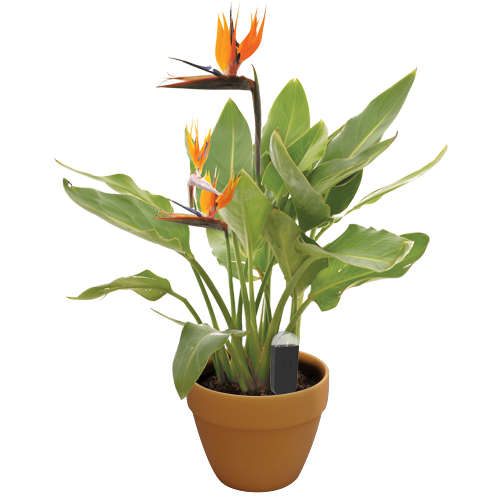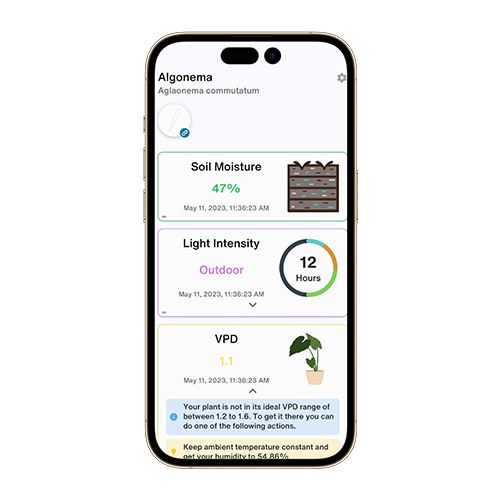Cynara humilis
TAXONOMY
FamilyAsteraceae
GenusCynara
Zone8
LEARN MORE
Plants of the World OnlineABOUT
Cynara humilis, commonly known as the wild artichoke, is a perennial plant in the Asteraceae family. Native to the Mediterranean region, it is known for its spiny leaves and large, thistle-like flowers. The plant undergoes a dormancy period during the hot summer months.
ALSO KNOWN AS
Globe Artichoke
Bourgaea humilis
Bourgaea humilis var. humilis
Bourgaea humilis var. leucantha
Cynara humilis var. humilis
Cynara humilis var. leucantha
Cynara humilis var. reflexa
Cynara humilis var. walliana
OVERVIEW
VPDCalculate
WaterDry
SoilLoamy
LightDirect Bright (6 Hours)
Temperature20° C
Humidity50%
GDD2,250
Dormancy3 Months
pH6.5
Pressure1,013 mbar
DETAILS
Care Instructions
Cynara humilis thrives in bright, direct sunlight and prefers moderate temperatures. It requires well-drained soil and should be watered sparingly, allowing the soil to dry out almost completely between waterings. The plant benefits from moderate humidity levels.Harvest
Cynara humilis, commonly known as the wild artichoke, should be harvested when the flower buds are still tight and before they start to open. This typically occurs in late spring to early summer. To harvest, use a sharp knife or pruning shears to cut the bud along with a few inches of the stem. It's important to wear gloves as the plant can have sharp thorns. After harvesting, the buds should be used fresh or can be stored in a cool, dry place for a short period.Soil
Cynara humilis prefers well-drained loamy soil with a slightly acidic to neutral pH. Good drainage is essential to prevent root rot. A mix of garden soil with sand or perlite can improve drainage.Fertilizer
Use a balanced fertilizer with a nutrient composition of 5-10-10. Fertilize the plant during the growing season, typically in spring and early summer, to promote healthy growth and flowering.Repotting
Repot Cynara humilis every 2-3 years or when it outgrows its container. Choose a pot that is slightly larger than the current one and ensure it has good drainage. Repotting is best done in early spring before the growing season begins.Propagation
Cynara humilis can be propagated by seeds or division. Sow seeds in early spring in a well-draining seed mix. For division, separate the offsets from the parent plant in early spring or late autumn and plant them in individual pots.Pruning
Prune Cynara humilis to remove dead or damaged leaves and spent flowers. Pruning helps maintain the plant's shape and encourages new growth. Perform pruning in late winter or early spring before the growing season starts.Toxicity
Cynara humilis is not known to be toxic to pets or humans. However, its spiny leaves can cause physical injury if handled carelessly.REVOLUTIONIZE YOUR PLANT CARE
Make Every Plant Smart

Plant Monitor
STAYS IN YOUR PLANT
Accurately measures the core metrics of your plant – soil moisture, light, temperature and humidity - as well as compound metrics such as Vapor Pressure Deficit (VPD) and Growing Degree Days (GDD).
Shop Now
